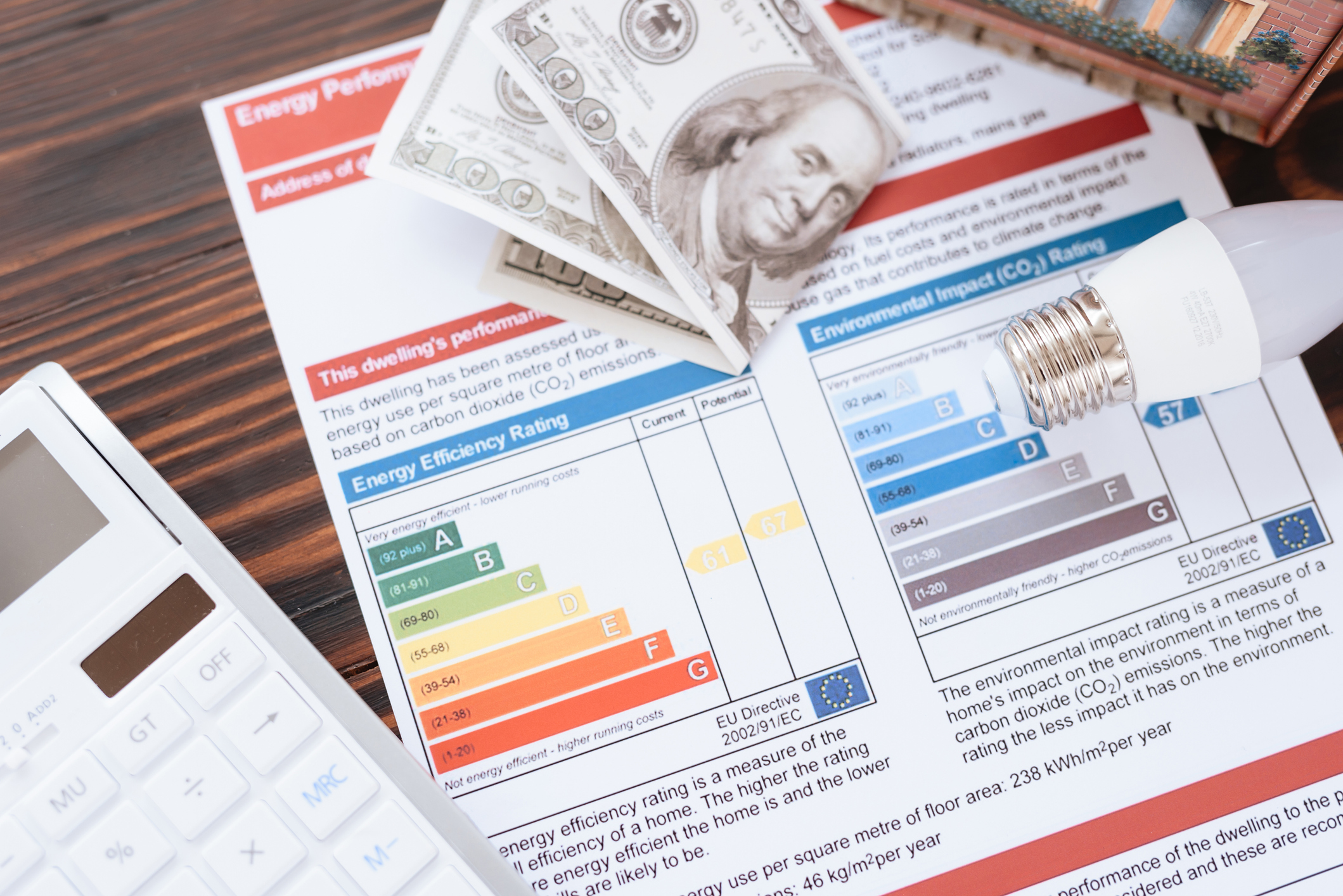When you’re shopping for a new air conditioner, one of the factors that you need to consider is the SEER rating. Let’s look at what SEER is and why it’s important to understand it before you buy your next A/C.
What Is SEER?
SEER stands for seasonal energy efficiency ratio. This figure is arrived at by calculating the ratio of an A/C’s output over a typical cooling season, then dividing it by energy consumed in watt-hours. You don’t really need to know how to calculate SEER, although you can calculate savings when comparing one SEER against another, if you know the price per unit of energy in your home. As a homeowner, you’re concerned with the SEER rating and what it means in savings. Generally, the higher the SEER, the more efficient the A/C.
Labels on the HVAC system sometimes calculate what you can expect to expend on energy over a year. Multiply that by 10 years or 15 years, and those savings add up, possibly making it worthwhile for you to invest in a higher-SEER air conditioner.
How High a SEER Is Right for Your Home?
The main thing to remember about SEER is that it is the maximum efficiency you can get from a particular unit. A SEER rating of 21, which is extremely efficient, doesn’t mean you’ll always be getting that level of efficiency.
If you have an older A/C, it may be rated at SEER 8 or 9. You may sometimes be getting less efficiency, depending on various factors, such as how well air sealed your home is (that includes the ductwork), how many times the exterior doors are opened daily, how much traffic goes through the home and others. Also, factor in that we in Ohio use our A/Cs about four months out of the year, so it probably doesn’t make sense to buy a high-SEER A/C in our climate. For most of us, upgrading to a new unit rated at 13-16 SEER is likely to offer a satisfactory improvement in energy savings.
For more on understanding SEER rating, contact Ace Hardware Home Services of Dayton.








